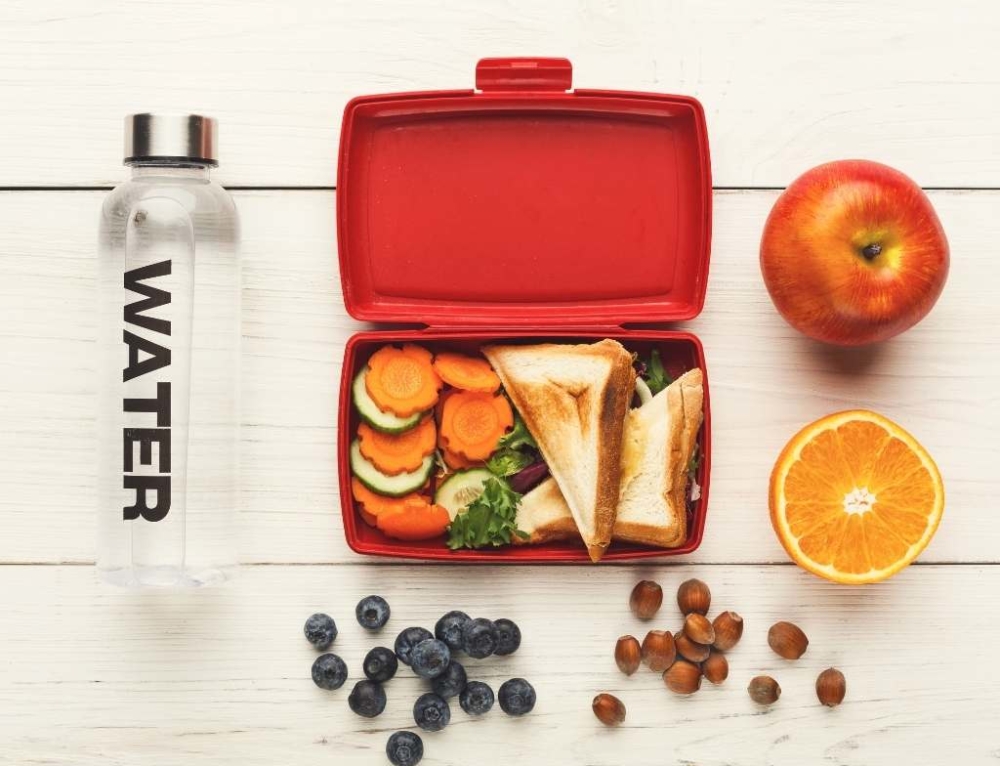Our world is full of technology that we use every day. And our children’s learning has moved into the digital age with most secondary schools requiring students to have access to a digital device, often referred to as BYOD (bring your own device).
If the technological world is moving along at a pace that you’re struggling to keep up with, the prospect of BYOD can seem daunting, especially when there are a million options to choose from and new technology is added frequently. To help you get your head around BYOD and school technology, here’s a quick guide.
Choosing a device
When your child needs to have a digital device for schoolwork your first port of call should be with the school. It pays to check with them before you purchase anything to ensure you are buying something with the minimum specifications needed, or it can be an expensive mistake. Your child’s school will also often have a recommended device list. As your child moves through high school if a device upgrade is needed and your child is taking a design or digital technology course, check with the teacher for recommendations. Technology stores can also offer advice on what’s suitable.
Laptops are powerful but often expensive and can be heavy. Chromebooks have smaller storage and less capability but cost less than a full laptop and will likely suffice for basic schoolwork. Tablets are usually the cheapest option but often are insufficient for high school classes.
What to consider
- Screen size: Big screens are great for viewing but a bigger screen usually means a heavier and bulkier device. Go too small on the other hand and viewing is difficult. Screens are measured like TVs, diagonally from top to bottom. Between 11.5″ and 14″ is usually sufficient but check with the school’s minimum requirement. Check out a few options and see what suits your child best.
- Weight: The lighter the device the better but this needs to be balanced out with a suitable screen size, etc.
- Operating System: A device with a newer operating system (ie Windows 11) is often more expensive than one running an older version but will give a better user experience. Getting an end-of-line device can often be more affordable but regular software upgrades may not always be available.
- RAM Memory: This is the memory that your device uses when performing tasks. A device will usually need at least 4GB of RAM memory to operate efficiently with today’s technology requirements but check with the school specifications.
- Storage: SSD or “solid-state storage” tends to be quicker to respond but will usually be smaller in capacity than hard drive storage. Some devices offer both storage options. Again, check with your school’s specifications. 128GB SSD is often a minimum requirement.
- Battery life: This is a biggie. You want to avoid the device running out of get up and go halfway through the day (or halfway through an exam!). Modern devices usually have a good battery life but check the specs.
- WiFi and Bluetooth: The device will need to be able to connect to the school’s WiFi but this is built-in to modern devices. Bluetooth will enable the use of wireless headphones or a mouse though there are USB plugins that can also be used for this.
- Webcam: This is often built into modern devices and is a requirement for at-home learning when video conferencing is needed.
Technology accessories
Modern learning often means that kids need additional tech to use with their digital devices. For instance, your child may require headphones and a USB flash drive for saving and sharing projects. Keep the expensive headphones for home use and choose a light and flexible pair for school use so they can be thrown in the backpack.
Using a backpack with a padded tech sleeve will help to keep the digital device safe. Sleeves are usually good for keeping devices scratch-free but if you want good impact protection then a hard-shell case is required.
 Written by Julie Scanlon
Written by Julie Scanlon
Julie is Editor for Kidspot NZ and our MVP. Her hobbies include laughing uncontrollably at her own jokes, annoying her family by asking questions about movie plots, and never taking anything too seriously. She speaks a little Spanish and a lot of Yorkshire.
Favourite motto to live by: “It ain’t nothing but a thing”







Leave A Comment
You must be logged in to post a comment.